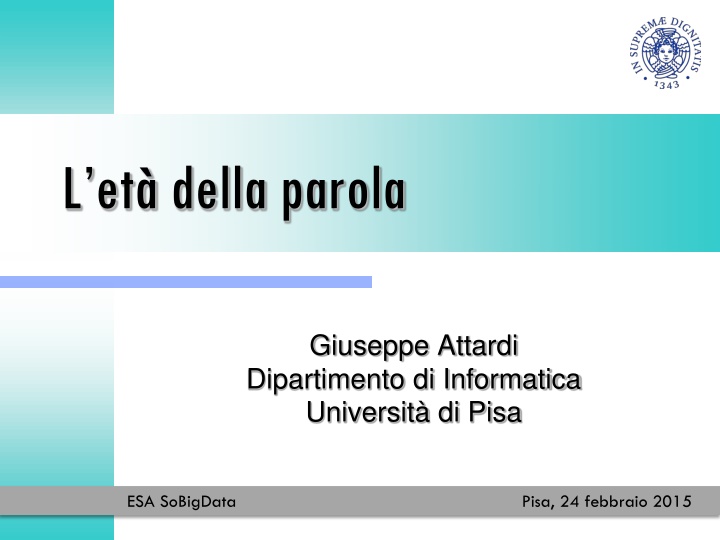
Advancements in Natural Language Processing and Deep Learning
Explore the latest trends in natural language learning, statistical machine learning, machine translation, deep learning breakthroughs, word embeddings, deep text analysis, and more in the field of Natural Language Processing (NLP). Discover how language models are trained on large document collections, the impact of unlabeled data, and the development of a unified deep learning architecture for NLP tasks like Named Entity Recognition, Part of Speech tagging, and Sentiment Analysis. Dive into deep text analysis techniques such as Word Sense Disambiguation, Information Extraction, and Question Answering, and stay updated on the latest advancements in tackling Alzheimer's disease through innovative question-answering approaches.
Download Presentation

Please find below an Image/Link to download the presentation.
The content on the website is provided AS IS for your information and personal use only. It may not be sold, licensed, or shared on other websites without obtaining consent from the author. If you encounter any issues during the download, it is possible that the publisher has removed the file from their server.
You are allowed to download the files provided on this website for personal or commercial use, subject to the condition that they are used lawfully. All files are the property of their respective owners.
The content on the website is provided AS IS for your information and personal use only. It may not be sold, licensed, or shared on other websites without obtaining consent from the author.
E N D
